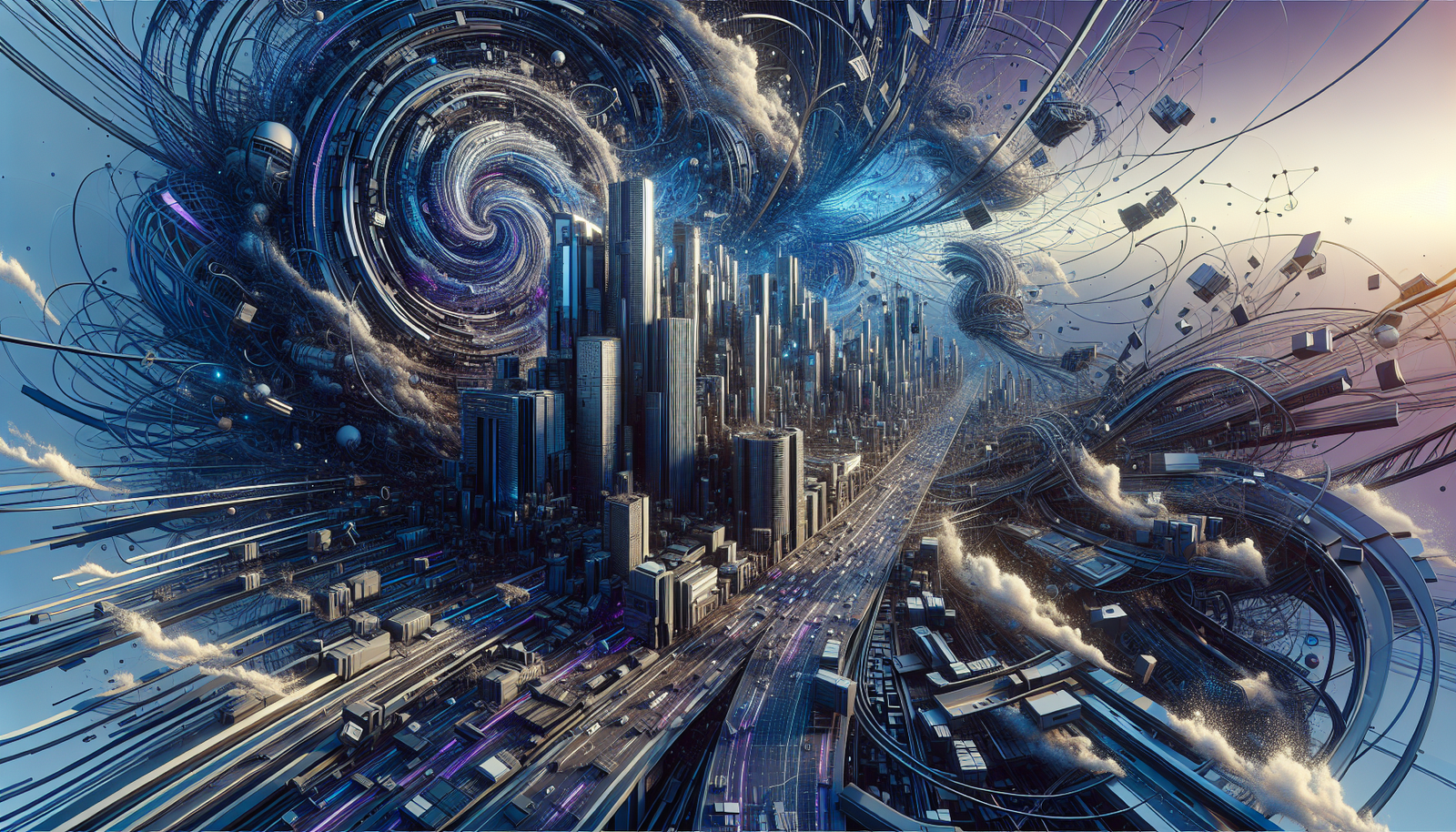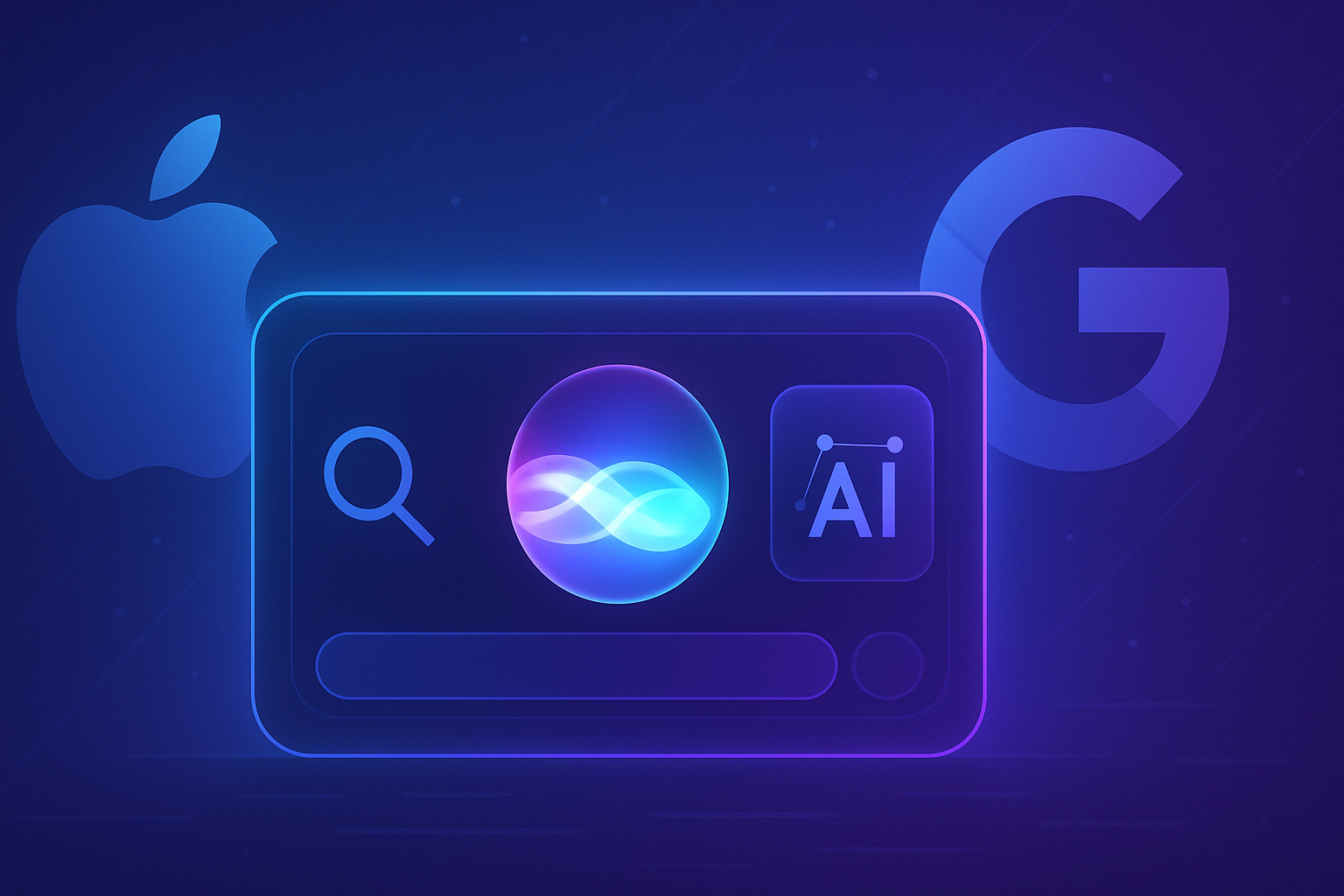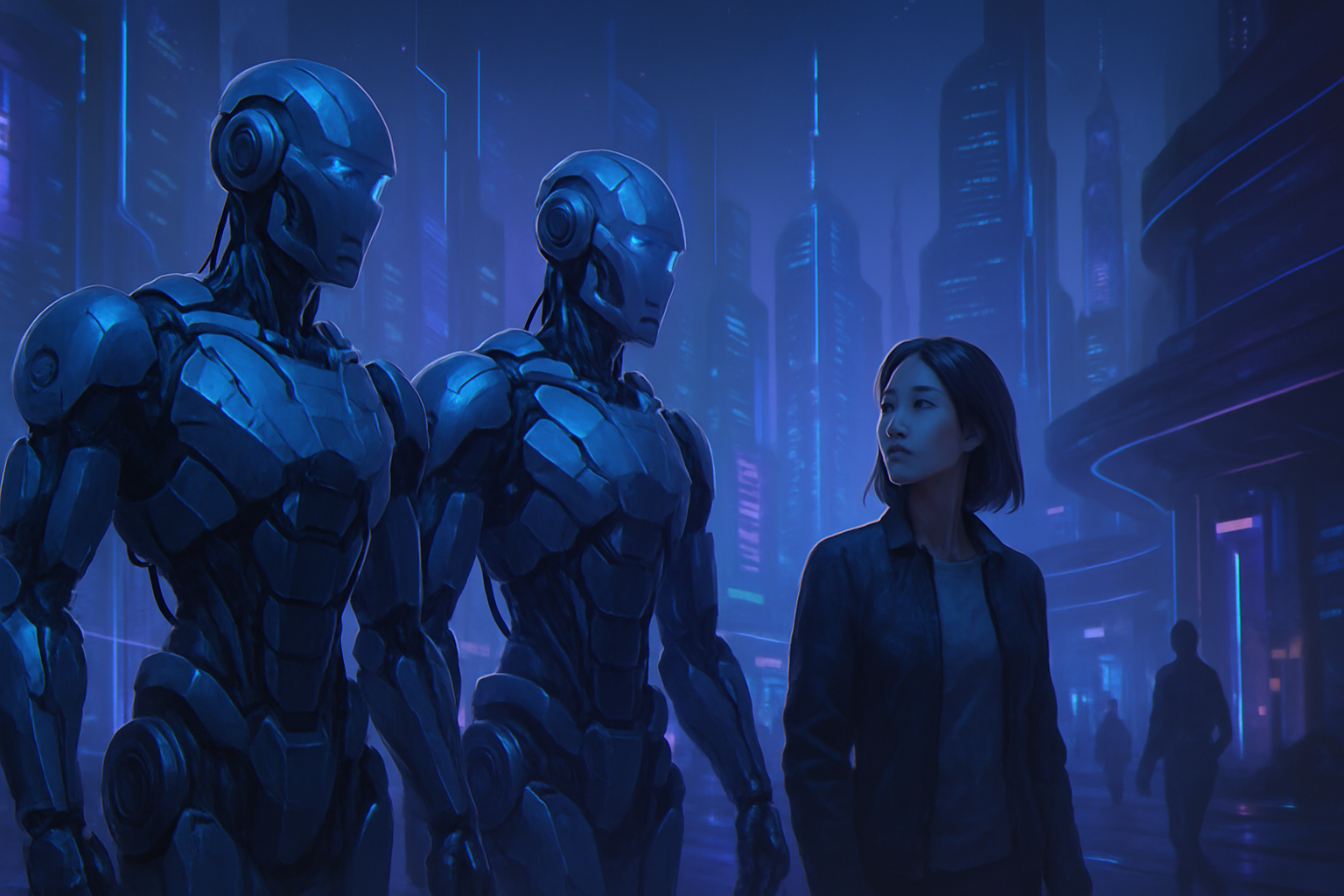The truth dilutes under the weight of obscure algorithms. The visual manipulation engendered by AI creates a world where reality proves to be tinged with illusions. The beginnings of a massive disinformation lead to disastrous consequences for collective perception and authenticity. Images and narratives, once rooted in the tangible, transform into a disturbing flow of misleading content. This phenomenon, far more than a mere distraction, constitutes an insidious threat to critical thinking, creating a climate of resignation in the face of an abundance of distorted hyper-realism. The dead ends of a society confused by AI reveal a necessity to awaken consciousness.
The duality of visual channels
Our daily consumption of images revolves around two main channels. On one hand, content that represents the world as it is: politics, sports, news, and entertainment. On the other hand, a troubling phenomenon emerges with the rise of content generated by artificial intelligence, often referred to as slop: low-quality creations with minimal human intervention.
These contents may appear trivial, such as cartoonish images of celebrities or fantastical landscapes. Others, more disturbing, present female figures allowing for minimalist interaction, evoking a virtual girlfriend without authentic contact.
The politicization of AI
A new kind of political slop has taken hold, riding on right-wing fantasies. Videos can be found on platforms like YouTube, promoting fictional scenarios where political figures, such as members of the Trump administration, triumph over liberal forces. The use of AI has infiltrated the news with dramatic images, such as a visual posted by the official White House account depicting a Dominican woman in tears during her arrest by immigration forces.
The global reach of politically generated memes by AI cannot be ignored. Videos mocking American workers, produced by Chinese creators, have raised questions from government spokespersons.
Large-scale disinformation
Exploiting AI to create political scenarios and spread disinformation is now part of a sophisticated propaganda process. What distinguishes this generation of content is its democratization and omnipresence. Platforms like WhatsApp propagate these creations without any moderation, leaving little room for questioning.
Thus, this fictitious information takes root in users’ minds. An older acquaintance, for instance, firmly believes in AI-related content regarding the war in Sudan, legitimized by their trusted senders. The technology, designed to produce misleading realism, escapes its understanding.
The representation of an idealized past
Images generated by AI tend to favor a nostalgic vision of a desired future, as emphasized by Professor Roland Meyer. This researcher highlights the representation of white, blonde families as ideal models by neo-fascist online accounts.
This trend is reinforced by the very nature of algorithms, based on a pre-existing learning often biased. The results favor restrictive norms regarding ethnic diversity or progressive gender roles.
The chaos of social media
On platforms like Facebook, AI-generated content predominates, favoring a sensation-seeking agitation aimed at maximizing engagement. Journalist Max Read reveals that this incoherent assembly is at the core of Facebook’s objectives, prioritizing “engaging content” at the expense of its truthfulness.
The consequence of this strategy results in user saturation, often overwhelmed by a torrent of shallow images, ranging from the trivial to what seems essential. Shocking political images, such as politicians facing deportee cages, blend with trivial content, such as soothing landscapes.
An immersion into subjectivity
The algorithm of social networks plunges users into increasingly subjective worlds, ignoring objectivity becomes a fatality. This immersion fosters a growing imbalance between tangible reality and the universe shaped by AI-created images.
Tragic events, such as the dramatic crackdown in Palestine, mix with fanciful representations, creating an unbearable cognitive confusion. Users, blinded by this indiscriminate accumulation of content, struggle to discern what is true from what is not.
Tragic cases illustrate the disaster: a teenager took his own life, obsessed with AI-generated content associated with a role-playing culture, highlighting the devastating impact that this digital dystopia can engender.
To better understand the extent of these issues, several analyses offer critical insights into the impact of AI on our perception of reality and the dangers it represents. Articles put into perspective the worrying trends of this digital convergence, which can be found here: the fanciful video of a ‘Gaza’ transformed, the impact of AI on our perception of reality, the impact of AI-generated images on Yahya Sinwar, the AI video of ‘Trump Gaza’ and the tragic case of a 14-year-old teenager.
Guide to frequently asked questions about reality distorted by AI
What are the main consequences of AI-generated disinformation on our perception of reality?
The consequences include a distortion of reality, a desensitization to violence and crises, as well as a manipulation of public opinion through biased and sensational content.
How does AI influence the creation of political and social content?
AI enables the production of politically charged content on a large scale, often without human intervention, thus reinforcing ideologically biased narratives.
How do AI-generated images and videos affect our empathy towards human crises?
The overconsumption of AI images can reduce our capacity for empathy, as these contents become entertainment products rather than representations of human suffering, emotionally disconnecting us from realities.
What are the ethical implications of the spread of AI-generated content?
The ethical implications include the need for responsibility in the creation and sharing of content, as well as the protection of individual rights against disinformation.
How can we recognize AI-generated content and their potential impact on public opinion?
AI-generated content often features an exaggerated or stereotypical style, with their impact potentially altering public opinion by disseminating distorted visions of reality.
What role do social media platforms play in the dissemination of AI content?
Social media platforms act as multipliers of this type of content, favoring user engagement while evading adequate regulation.
How can AI be used to create dangerous political scenarios?
AI can generate fictional and manipulative narratives that present extreme or biased views of politics, making certain ideologies more appealing and acceptable to the public.
What is the relationship between the consumption of AI images and desensitization to violence in society?
The constant consumption of AI images, especially those depicting acts of violence, can lead to a normalization of violence and a reduction of emotional reactions of individuals towards it.






